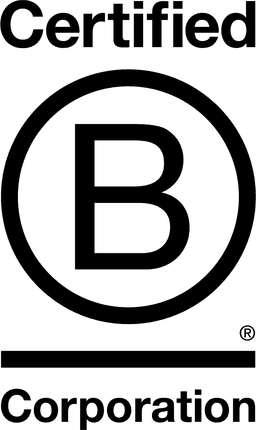

Caisse d'Epargne Hauts de France

Hauts-de-France, France
October 2022
Deposit bank - Developed Markets
Service with Minor Environmental Footprint
France
La Caisse d’Epargne Hauts de France, acteur bancaire de référence depuis 200 ans au Nord de Paris, est une banque 100% régionale qui appartient à ses clients. Elle est membre du Groupe BPCE. Banquier du quotidien, assureur, partenaire des projets et de la réussite de ses clients, elle mobilise 3 000 collaborateurs, 300 agences et 10 centres d’affaires pour accompagner 1,1 million de clients particuliers et professionnels, ainsi que les entreprises, collectivités locales, structures de l’économie sociale et solidaire, organismes de logements sociaux et professionnels de l’immobilier. Fortement impliquée sur son territoire, elle est présente aux côtés des décideurs pour encourager les initiatives qui alimentent le dynamisme des Hauts-de-France. La Caisse d’Epargne Hauts de France présente également une large palette de métiers spécialisés : financements structurés, capital développement, banque privée, agriculture et acteurs de la santé, investissement immobilier. Via sa Foncière L’Etoile du Nord, La Caisse d’Epargne investit dans des actifs immobiliers long terme dans la région. Sa succursale Caisse d’Epargne Belgium développe son activité bancaire auprès des grandes entreprises, des promoteurs et des foncières belges, et plus largement au Benelux.
Overall B Impact Score
Governance 13.1
Governance evaluates a company's overall mission, engagement around its social/environmental impact, ethics, and transparency. This section also evaluates the ability of a company to protect their mission and formally consider stakeholders in decision making through their corporate structure (e.g. benefit corporation) or corporate governing documents.
What is this? A company with an Impact Business Model is intentionally designed to create a specific positive outcome for one of its stakeholders - such as workers, community, environment, or customers.
Workers 29.7
Workers evaluates a company’s contributions to its employees’ financial security, health & safety, wellness, career development, and engagement & satisfaction. In addition, this section recognizes business models designed to benefit workers, such as companies that are at least 40% owned by non-executive employees and those that have workforce development programs to support individuals with barriers to employment.
Community 10.3
Community evaluates a company’s engagement with and impact on the communities in which it operates, hires from, and sources from. Topics include diversity, equity & inclusion, economic impact, civic engagement, charitable giving, and supply chain management. In addition, this section recognizes business models that are designed to address specific community-oriented problems, such as poverty alleviation through fair trade sourcing or distribution via microenterprises, producer cooperative models, locally focused economic development, and formal charitable giving commitments.
Environment 10.3
Environment evaluates a company’s overall environmental management practices as well as its impact on the air, climate, water, land, and biodiversity. This includes the direct impact of a company’s operations and, when applicable its supply chain and distribution channels. This section also recognizes companies with environmentally innovative production processes and those that sell products or services that have a positive environmental impact. Some examples might include products and services that create renewable energy, reduce consumption or waste, conserve land or wildlife, provide less toxic alternatives to the market, or educate people about environmental problems.
What is this? A company with an Impact Business Model is intentionally designed to create a specific positive outcome for one of its stakeholders - such as workers, community, environment, or customers.
Customers 20.6
Customers evaluates a company’s stewardship of its customers through the quality of its products and services, ethical marketing, data privacy and security, and feedback channels. In addition, this section recognizes products or services that are designed to address a particular social problem for or through its customers, such as health or educational products, arts & media products, serving underserved customers/clients, and services that improve the social impact of other businesses or organizations.
What is this? A company with an Impact Business Model is intentionally designed to create a specific positive outcome for one of its stakeholders - such as workers, community, environment, or customers.